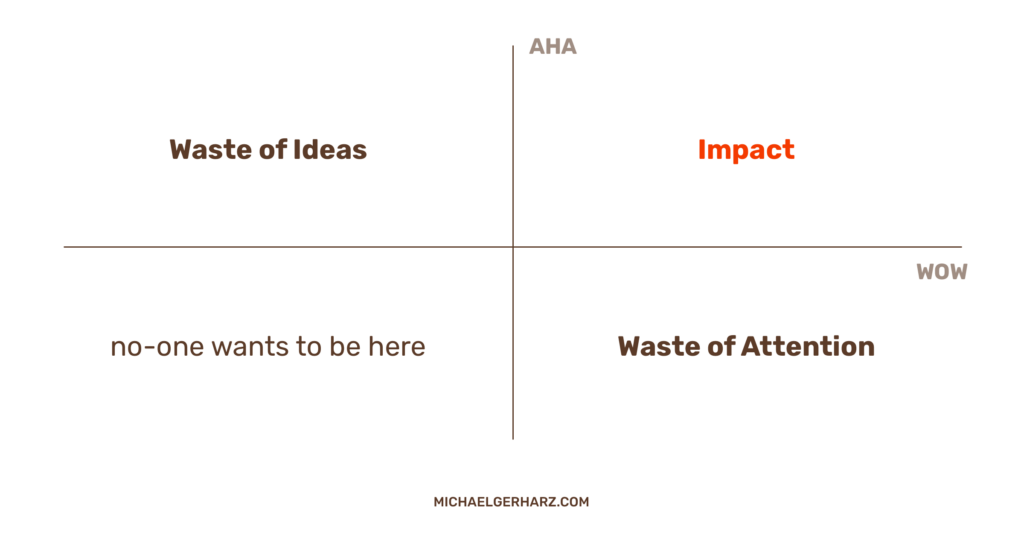When you manage to get Taylor Swift to perform at your company press conference it will almost certainly get you a wow from your guests. But that’s no substitute for the resonance that your actual announcements do or do not create.
Tonight, Apple will stream their newest keynote. I found this piece by Alex Cranz interesting in which she observes:
No one else in the tech space has had the same success as Apple at getting people to treat their announcements as big events. Nearly every single major tech company has tried. Sony had Taylor Swift at a CES keynote, and Samsung marched out a member of BTS to applause at a Galaxy Unpacked event. Google had the Slo-Mo guys. Intel had dancers and acrobats festooned in LEDs. But something about an Apple event seems to resonate more with folks.
Here’s the thing: People don’t watch a tech announcement to see Taylor Swift. And there’s no aha effect in seeing dancers and acrobats perform. It might create attention and, thereby, “open the mind” of the viewers.
But it doesn’t change minds. It’s merely wow. But wow without aha is mostly harmless. Just look at all these hilarious ads. What was that ad about, again?
Apple understands its customers better than most. Their goal for the keynotes is not to wow them with random show acts. Apple wants to provide their fans with aha moments about the products they love.
These aha moments might not resonate with everyone, but that is precisely why Apple can strengthen their resonance with loyal fans. It’s an aha that’s not meant for everyone. But it’s an aha for their fans – often without any wow on top (I mean, how many of their latest keynotes were you blown away by? And yet, if you’re an Apple fan, you’re going to watch this one …).
If you feel like you need a star act to make your event appealing, perhaps it’s time to find the inherent value in your products … and the words that create strong resonance with the people who truly matter.

